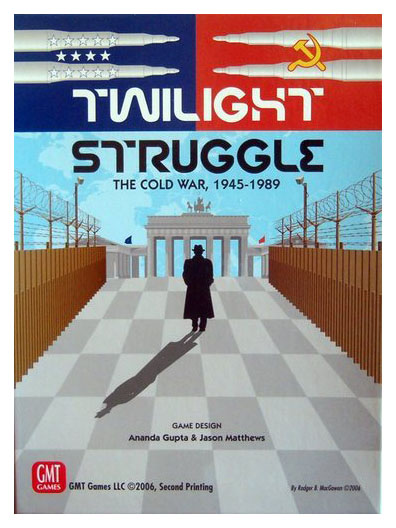Thanks to the folks at Game Developers Guild, we had a real, live, in-person Global Game Jam take place from January 27-29. The first day (Friday) was all about registration, kickoff presentations and forming the teams that would have less than two days to complete their game concepts. The speakers were strong – all with local ties to South Florida: Derek Smart from Quest Online and 3000AD, Miguel Oubiña from Nuclei 3D and Mark Bradshaw from Stratogon Entertainment. Derek and Mark use a lot of remote workers (i.e. “inexpensive”) but Miguel is recruiting local students to intern with his studio. There were some constant themes coming from the presenters: being successful is tough, the work is volatile, use – and legitimately pay for – a prominent off-the-shelf game engine such Unity or Unreal, and be prepared to sleep under your desk a lot.
As we all sat around discussing skills and needs, I offered to provide QA or Music help to any of the teams who requested it. The first day ended with the artists and devs being shown to their computers and me heading for home, but not after I left my email address so anyone could contact me to take me up on my offer to help.
Not sure whether anyone would call upon my talents, I ended up getting requests for the “Midgard Serpent” Viking game, the futuristic, virtual “Voxel Slayer” game, and the urban “Gang Warz” game. Each required different styles and I had to dig out some old sample CD-ROMs to bring the right sounds into the loops and effects for each of them.
For Midgard Serpent I initially provided a sound loop to play while the Viking ship was sailing, as well as am appropriately aggressive battle song titled “for Thor!” The team made additional requests for sound effects such as lightning bolts and injury sounds, which I fulfilled with a combination of public domain sound effects and sounds of my own concoction.
The Voxel Slayer team was less ambitious, asking only for a single song loop, which I titled “Mad Voxel.” This was a synth-driven dance type tune with retro game sounds thrown in.
Finally, the Gang Warz folks needed a music loop and some effects to play when attacking, winning, or when a gang member dies. The loop got an urban treatment and the effects were short and to the point. Here’s a link to download and install their game on your PC:
Overall, the experience was fun, but it was work at the same time – especially when all three teams had overlapping requests that I had to triage and deliver on as quickly as possible. Definitely something I would do again!



 This past weekend I played my first game of Twilight Struggle. This
This past weekend I played my first game of Twilight Struggle. This 